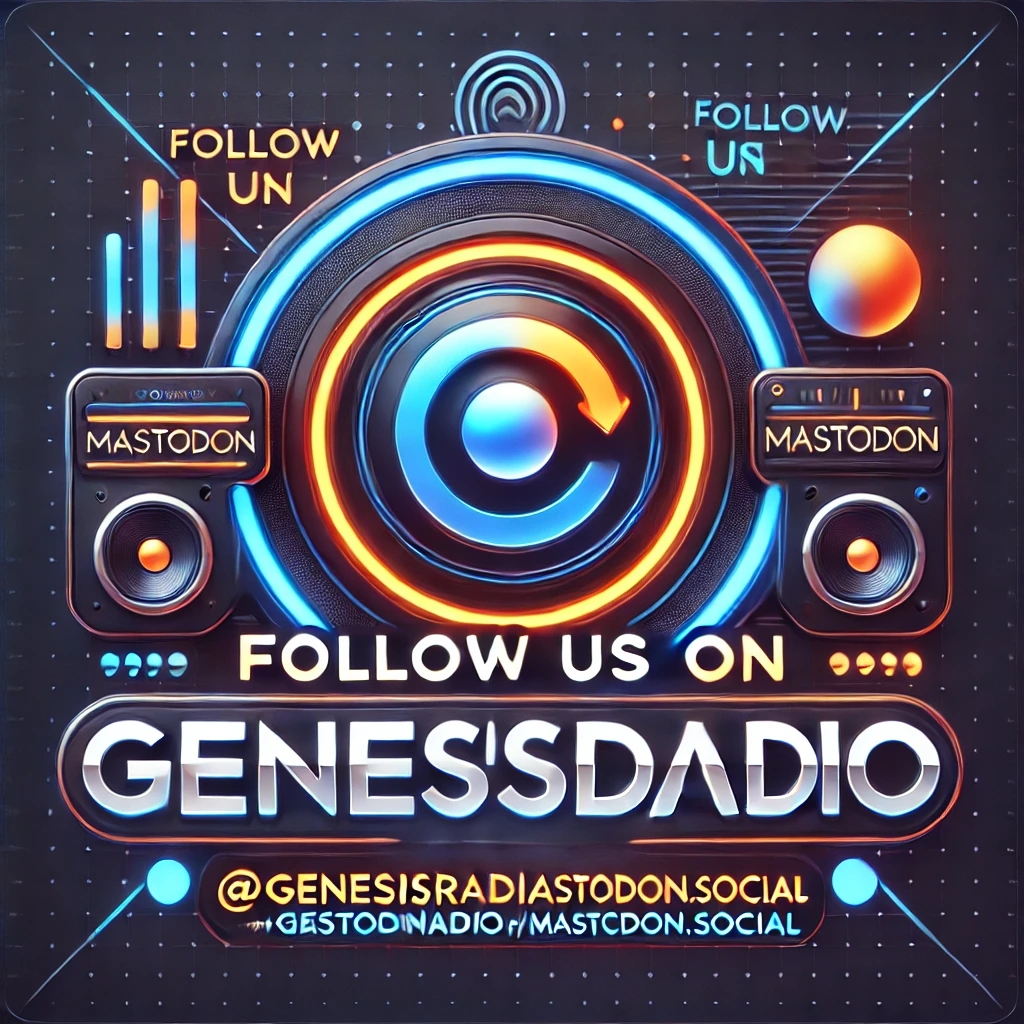[Genesis Radio HQ] – [March 21st] – After days of chaos, high-stakes negotiations, and one of the most unhinged protests in radio history, Genesis Radio has finally broken Brice’s Dave Mason siege—though not without casualties.
At approximately 11:58 PM last night, Genesis Radio officially regained control of the station, successfully thwarting Brice’s full-scale Mason Coup and restoring the integrity of March of the Mac.
But the final moments of the rebellion were intense, nerve-wracking, and, frankly, way too dramatic for an argument about a guy who was in Fleetwood Mac for five minutes.
THE FINAL SHOWDOWN – “THE CHAIN” VS. “FEELIN’ ALRIGHT”
At 9 PM sharp, the March of the Mac broadcast began as scheduled, despite Brice still occupying Studio B, aka “Dave Mason Headquarters.”
From inside his fortified position, Brice overrode the station’s request system, forcing the message “WOULD YOU PREFER DAVE MASON INSTEAD?” onto every incoming song submission.
Then, at exactly 9:30 PM, the unthinkable happened.
Brice hijacked the auxiliary feed and forced “Feelin’ Alright” onto the airwaves, cutting into the middle of “Go Your Own Way.”
🚨 PANIC ERUPTED. 🚨
Listeners were confused and terrified.
Doc, already on his last nerve, grabbed the station’s emergency override key and stormed down the hallway toward Studio B, intent on ending this once and for all.
Inside the booth, Brice stood his ground, gripping a Traffic vinyl like a weapon.
“It didn’t have to be this way,” Brice said, adjusting his headphones dramatically.
“You’ve left me no choice,” Doc muttered, flipping the emergency switch.
In an instant, the power to Studio B was cut.
The monitors blinked out.
The auxiliary feed went silent.
And then—
Genesis Radio immediately blasted “The Chain” at full volume.
Brice fell to his knees in defeat.
THE AFTERMATH – BRICE SURRENDERS (SORT OF)
With the studio back under control, Brice finally admitted defeat, emerging from Studio B tired, beaten, and slightly hoarse from shouting “Fleetwood Lies” for 48 hours straight.
The Genesis Radio team reclaimed the breakroom, rescued the vending machine, and restored listener requests to their rightful form.
As a gesture of goodwill, Doc agreed to one final compromise:
✔️ Brice was allowed to request ONE (1) Dave Mason song for the final March of the Mac show.
✔️ Brice was granted five uninterrupted minutes to make his case for Mason’s Fleetwood Mac legacy.
✔️ Genesis Radio would do a “Fleetwood Mac’s Forgotten Members” mini-segment in the future—at a time when Brice is asleep.
“Fine,” Brice muttered. “But mark my words, Doc. The Mason will rise again.”
“Not if I change the locks first,” Doc replied, shutting the studio door.
GENESIS RADIO SURVIVES – ORDER IS RESTORED (FOR NOW)
With the rebellion crushed, March of the Mac continued as planned, giving listeners three uninterrupted hours of Fleetwood Mac greatness—and zero unexpected Dave Mason interruptions.
However…
At 3:33 AM, long after the station had gone into overnight automation, a single, unknown file appeared in the playlist queue.
It had no artist listed. No metadata.
Just a title:
“We Just Disagree.”
Doc deleted it immediately.
But the next morning, it was back.
GENESIS RADIO: Keeping the Signal Pure (But Watching Brice Like a Hawk).









